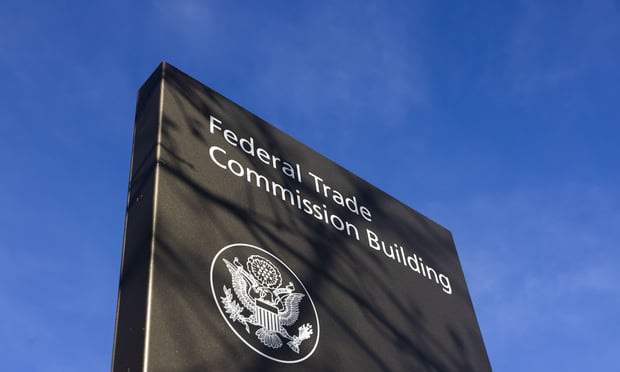It's a common enough habit: You get a raise, you can suddenlyafford to spend more—and you do.
|But if instead of boosting spending each time a raise hits theirpaychecks, workers socked that extra money away into theirretirement savings, says a report from Morningstar, they'd be much betterprepared for retirement—in more ways than one.
|Higher income can actually make it tougher to prepare adequatelyfor retirement, the report points out. Not only do people notgenerally increase their retirement savings rate with each raise,but their higher income contributes to lifestyle creep—a graduallyrising standard of living that costs more and thus is moredifficult to maintain on the likely restricted income thataccompanies retirement.
|Retirement assets don't rise at the same rate as income—indeed,if at all—and not only won't keep up with new retirementexpectations, but may actually shrink relative to them. And thehigher up the income scale a worker gets, the less likely it isthat Social Security, in particular, will provide the sameproportion of yearly income that it did at that worker's former(and lower) rate of pay, since income provided by Social Securityis capped well below the income received by highly paidworkers.
|Three savings strategies tested for the report were: Save thepercentage of the raise that equals twice the number of years untilyou plan to retire; save your age as a percentage of the raise; andsave at least 33 percent of your raise. Under the first strategy,someone planning to retire in 10 years should save at least 20percent of the raise. In the second, a 50-year-old should save 50percent of the raise. And for the third, if a worker's take-homehas increased by $1,000, that worker should save $333 of the newincome.
|Those are just starting points, the report adds, but they canprovide a framework that encourages employees to postpone instantgratification in favor of retirement savings.
|Incidentally, the most effective of the three strategies isspending twice your years to retirement. The other two are betterthan the status quo but are good only up to the point where incomeoutdistances savings again.
|Since this topic isn't often covered in retirement savingsmaterials, workers need a bit more guidance on how much more theyneed to save with each raise to stay on track for retirement.
||
From: BenefitsPro
Complete your profile to continue reading and get FREE access to Treasury & Risk, part of your ALM digital membership.
Your access to unlimited Treasury & Risk content isn’t changing.
Once you are an ALM digital member, you’ll receive:
- Critical Treasury & Risk information including in-depth analysis of treasury and finance best practices, case studies with corporate innovators, informative newsletters, educational webcasts and videos, and resources from industry leaders.
- Exclusive discounts on ALM and Treasury & Risk events.
- Access to other award-winning ALM websites including PropertyCasualty360.com and Law.com.
*May exclude premium content
Already have an account? Sign In
© 2024 ALM Global, LLC, All Rights Reserved. Request academic re-use from www.copyright.com. All other uses, submit a request to [email protected]. For more information visit Asset & Logo Licensing.









